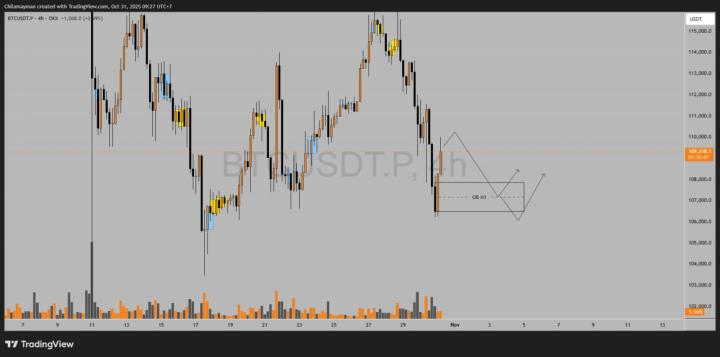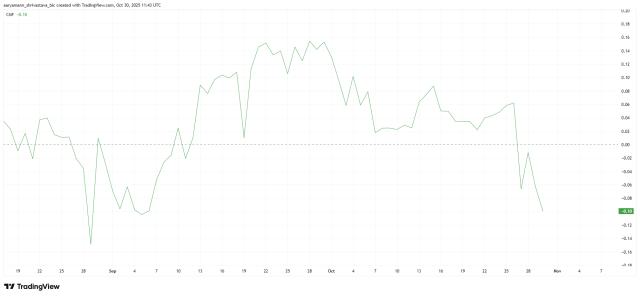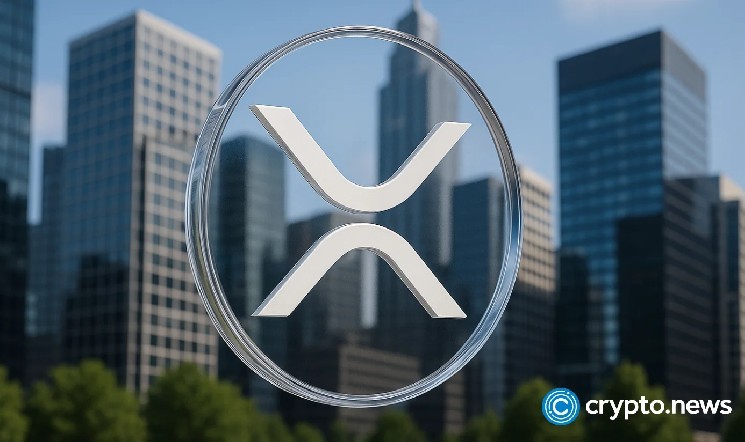On October 30, 2025, Ethereum is at a historic juncture. After breaking its all-time high and reaching $4,886, ETH is currently trading at $3,936.94, facing a severe test of the psychological barrier of $5,000. This surge has been primarily driven by derivatives leverage rather than organic spot demand, a pattern historically often accompanied by sharp reversals or failures after sustained gains. According to CryptoQuant data, there have been six "leveraged rallies" this month, indicating a high-risk market. Analysts are clearly divided on the future: some expect prices to continue exploring new highs, while others warn of profit-taking risks. While the continued accumulation of institutional funds supports long-term growth, the derivatives market poses a threat to short-term stability. The breakthrough development of zero-knowledge proofs (ZKPs) technology has brought revolutionary progress to blockchain privacy protection. This cryptographic verification technology can prove the validity of information without revealing the underlying data, much like demonstrating the ability to open a door without revealing the shape of the key. With Ethereum reaching a critical turning point, the subsequent trading session will be crucial. The wave of leveraged liquidation will determine whether $5,000 ultimately becomes a support or resistance level, and investors need to pay close attention to the dual impact of market volatility and technological developments.
Ethereum faces a high-risk situation: leverage-driven rebound foreshadows increased volatility.
Ethereum has broken through its all-time high, surging to $4,886 before stalling its gains near the psychological $5,000 mark. This rally has been driven by derivatives leverage rather than organic spot demand, creating a delicate balance between bullish momentum and a potential correction.
Crypto Quant data shows that there have been six "leveraged rally" signals this month—a pattern historically often accompanied by sharp reversals or sustained rallies before exhaustion. While institutional buying continues to support long-term growth, the derivatives market poses a threat to short-term stability.
Analysts are divided: some expect prices to continue exploring new highs, while others warn of profit-taking risks. With Ethereum at a critical juncture, the upcoming trading session will be crucial, with a wave of leveraged liquidations determining whether $5,000 will become support or resistance.
Zero-knowledge proofs: a cryptographic breakthrough driving blockchain privacy
Zero-knowledge proofs ( ZKPs ) represent a paradigm shift in cryptographic verification, enabling the proof of information's validity without disclosing the underlying data. This technique operates similarly to access control testing, where the verification process doesn't require revealing credentials—similar to demonstrating the ability to open a door without revealing the key's shape.
Mathematical constructs form its foundation. The Three-Color Map Problem illustrates how ZKPs can verify solutions while maintaining secrecy: by repeatedly sampling neighboring regions without looking at the complete coloring scheme. This interactive verification model has evolved into non-interactive proofs, crucial for blockchain efficiency, compressing multiple verifications into a single algorithmic check.
Financial applications have demonstrated the transformative potential of ZKP. Traditional cryptographic authentication can reveal hashed credentials, while ZKP implementations create cryptographic "fuzz filters" that verify secret knowledge without transmitting it. This technology has become a key tool in blockchain privacy solutions, particularly on networks like Ethereum, enabling confidential transactions by encrypting amounts and hiding participant details.
The founder of 1confirmation predicts that national-level adoption of Ethereum will have a transformative impact.
Nick Tomaino, founder of cryptocurrency venture capital firm 1confirmation, asserts that Ethereum is awaiting its defining "El Salvadorian moment"—referring to El Salvador's groundbreaking Bitcoin adoption case. The first government to fully embrace ETH could fundamentally reshape civic life, although no country has yet crossed this threshold.
Tomaino's statement highlights Ethereum's untapped potential for implementation at the national scale. Unlike Bitcoin 's narrative of a store of value, Ethereum's programmability offers broader utility for government systems—potentially benefiting everything from identity management to public financial infrastructure.
MetaMask announces the launch of its native stablecoin, mUSD, backed by high-quality assets.
Consensys' popular crypto wallet, MetaMask, has officially entered the stablecoin arena with the launch of its native stablecoin, MetaMask USD (mUSD). Expected to launch later this year, mUSD will initially be available on Ethereum and Consensys' Linea network, marking a significant step for self-custodied wallets in the stablecoin market.
This stablecoin is built on the infrastructure provided by Bridge, a stablecoin issuer under Stri PE , and is powered by the decentralized protocol of M0. mUSD promises to be fully backed by highly liquid dollar-equivalent assets, including US cash and short-term Treasury bills, ensuring 1:1 collateral and providing real-time transparency.
The deep integration with the Linea DeFi stack aims to enhance liquidity in lending markets, decentralized exchanges, and custody platforms. This development follows a brief but intense period of market speculation following the abrupt withdrawal of an earlier governance proposal.







